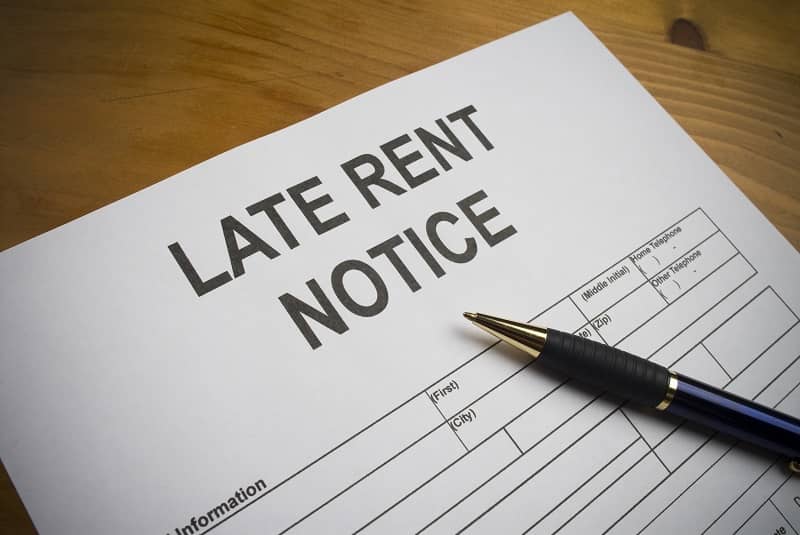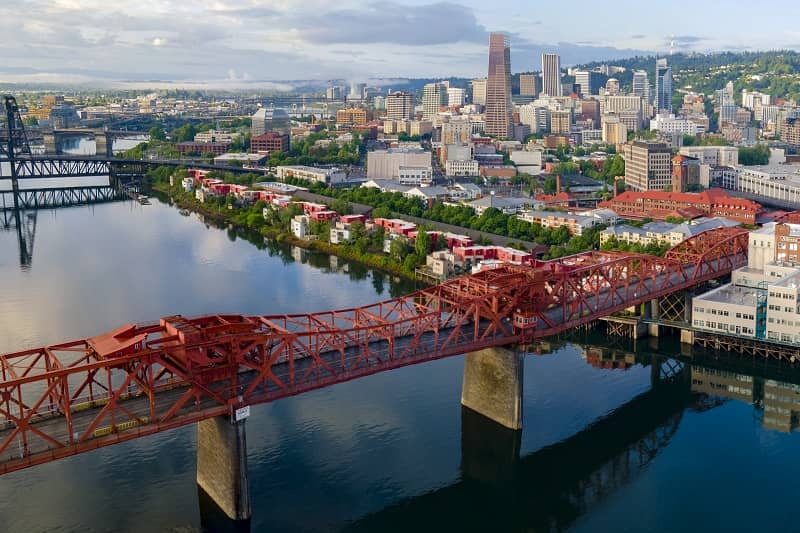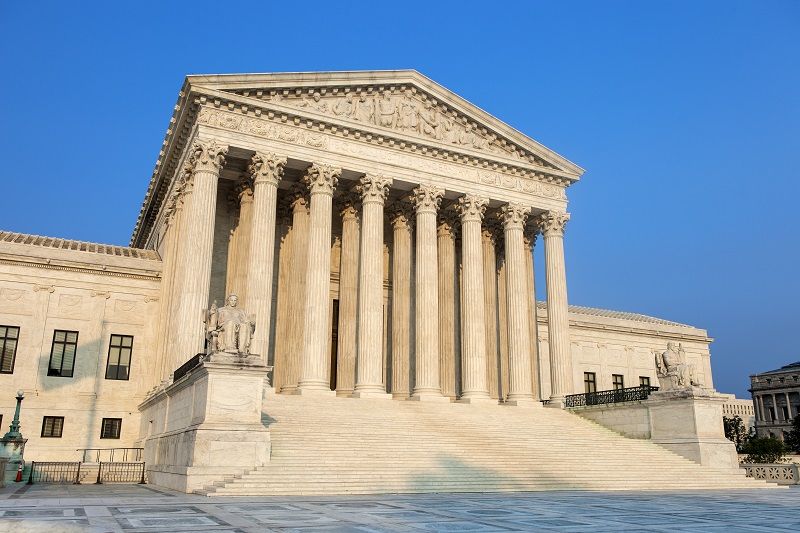By John A. Charles, Jr.
During September, the Portland regional transit monopoly, TriMet, voted to raise the payroll tax rate by 1/10th of a percent, beginning January 2016. The rate increase will be phased in over a ten-year period, as required by the state legislature.
Politically, the only reason TriMet was able to do this was that none of the major business associations objected. The question is, “why?”
A number of issues should have raised red flags for business representatives. First, the payroll tax pays for more than half the cost of all transit operations. That ratio seems far out of balance. The primary beneficiaries of transit are transit riders, yet they only pay about 24% of operations cost. It would seem far more equitable to insist that passenger fares pay for at least 50% of the operational cost.
Second, there is no reason for businesses to pay more if TriMet is unwilling to impose discipline on the expenditure side. The transit district has failed miserably to do this for decades. TriMet has approved so many lucrative labor contracts that the total cost of benefits now routinely exceeds the cost of wages. In FY 2014, the ratio was $1.49 in benefits for every $1.00 in wages; in FY 2015, it was $1.19. It’s hard to imagine any private sector company paying that much in total benefits.
And third, TriMet has repeatedly broken promises about how it would spend new payroll tax money. In 2003, when the Legislature approved an earlier tax rate increase, TriMet promised that every penny of new tax revenue would be used for “new service.” Yet over the subsequent decade of tax rate increases – 2004-2014 – TriMet’s total annual operational revenue increased by 80%, while miles of actual transit service declined by nearly 14%, as shown below:
TriMet Financial Resource Trends
(000s)
| 2004 | 2006 | 2008 | 2010 | 2012 | 2014 | % change | |
| Passenger fares | $ 55,665 | $ 68,464 | $ 80,818 | $ 93,729 | $ 102,240 | $ 114,618 | +106% |
| Tax revenue | $ 155,705 | $ 192,450 | $ 215,133 | $ 208,933 | $ 248,384 | $ 275,357 | +77% |
| Total op. resources | $ 290,513 | $ 342,274 | $ 404,481 | $ 433,609 | $ 488,360 | $ 522,155 | +80% |
Annual Fixed Route Revenue Service Trends
| 2004 | 2006 | 2008 | 2010 | 2012 | 2014 | % chng. | |
| Hours of service | 1,698,492 | 1,653,180 | 1,712,724 | 1,682,180 | 1,561,242 | 1,608,090 | -5.3% |
| Miles of service | 27,548,927 | 26,830,124 | 26,448,873 | 25,781,480 | 23,625,960 | 23,763,420 | -13.7% |
TriMet claims that service actually increased during this period because several new rail lines were built, and rail cars are bigger than buses. But that is a fallacy. Most transit vehicles are under-utilized most of the time, so seating “capacity” is rarely important.
When bus service was cut throughout the 525-square mile district by 14% over the past decade, the thousands of riders who were inconvenienced were not made better off just because a few new trains were operating in narrow corridors somewhere else. They were made worse off, and may have stopped riding transit altogether as a result.
In fact, transit has lost market share over the past 17 years despite (or because of) the rail building boom. According to the Annual Community Surveys conducted by the Portland Auditor, the transit share of commute travel was 12% in 1997, when TriMet had only one light rail line. By 2014, it had dropped to 11%.
Travel Mode Share for Weekday Commuting
Portland citywide, 1997-2014
| Mode | 1997 | 2000 | 2004 | 2008 | 2010 | 2011 | 2012 | 2013 | 2014 |
|
|
|||||||||
| SOV | 71% | 69% | 72% | 65% | 62% | 63% | 61% | 64% | 63% |
| Carpool | 9% | 9% | 8% | 8% | 7% | 6% | 6% | 6% | 6% |
| Transit | 12% | 14% | 13% | 15% | 12% | 12% | 12% | 10% | 11% |
| Bike | 3% | 3% | 4% | 8% | 7% | 7% | 7% | 7% | 8% |
| Walk | 5% | 5% | 3% | 4% | 6% | 6% | 7% | 7% | 8% |
| Other | n/a | n/a | n/a | n/a | 7% | 6% | 6% | 6% | 6% |
Source: Portland Auditor
Transit policy tends to make otherwise rational business leaders do silly things. Instead of defending themselves and demanding that public transit districts operate more efficiently, they feel obliged to “take one (more) for the team.” But this simply enables the dysfunctional behavior by transit districts to continue.
The fact is, public sector monopolies and their unionized employees will take every dollar available for themselves as long as someone keeps putting new dollars on the table.
John A. Charles, Jr. is President and CEO of Cascade Policy Institute, Oregon’s free market public policy research organization. This article originally appeared in the September 2015 edition of the newsletter, “Oregon Transformation: Ideas for Growth and Change.”











